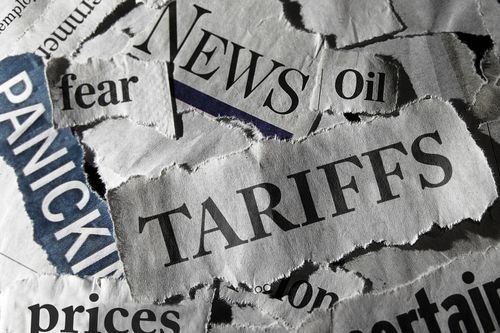Written for Bolton by Zachary Fritz , Sage Policy Group
The Federal Reserve has now raised the target range of the federal funds rate eleven times since they began tightening monetary policy back in March 2022, a drastic step taken to suppress the fastest inflation in over four decades. Economic theory suggests that such a rapid increase in borrowing costs should drive the economy into recession, yet growth continues at a faster pace than virtually anyone predicted.
Higher rates typically reduce economic activity by increasing the interest payments homeowners make on their mortgages, but that hasn’t happened this time around. One reason behind the resilience is that a large share of Americans either refinanced their mortgages or purchased a home at a historically low rate when interest rates plunged in March 2020.
As a result, more than 20% of mortgages are currently locked in at rates under 3%. At the start of 2020, fewer than 4% of mortgages had rates below 3%. More than 60% of mortgages have rates below 4%, and despite the recent surge in interest rates, the share of mortgages paying rates above 6% remains lower than in the months leading up to the pandemic.
An unprecedented number of Americans are enjoying low mortgage rates, more than 4 in 10 households own their homes free and clear. As a result, mortgage debt service accounts for a historically low 3.9% of disposable personal income, the same share as when the Fed began raising rates in March 2022. For these homeowners, not only have their housing payments been unaffected by higher rates, their incomes, both related to work and interest, have increased.
That’s propped up household finances which, because of the excess savings accumulated during the early months of the pandemic, were already in good shape; during the first year of the pandemic, Americans saved approximately the same amount as they did during the three years leading up to it. While much of that excess savings has been exhausted at this point, enough remains to keep consumers spending and the economy expanding.
Expansionary fiscal policy has been another driving factor behind the economy’s surprising resilience. At the same time the Fed has been raising rates to suppress economic activity and inflation, legislators have been stimulating the economy with an infrastructure act and development incentives like the Inflation Reduction Act and CHIPS Act.
The result has been an unprecedented surge in industrial construction, even as investment declines in residential construction and privately financed commercial categories. Over the past two years, manufacturing-related construction spending has increased by an incredible 154%.
The upshot is that households, unaffected by higher rates, continue to spend while expansionary policy countervails the decline in commercial investment brought on by elevated borrowing costs. This likely averts recession in the short term, but a downturn remains likelier than not over the next twelve months as 1) inflation whittles away at excess savings accumulated in 2020 and 2021, 2) tightening lending standards brought on by bank failures earlier this year reduce investment activity, 3) banks reckon with the diminished value of office properties, and 4) the Fed maintains contractionary monetary policy.




